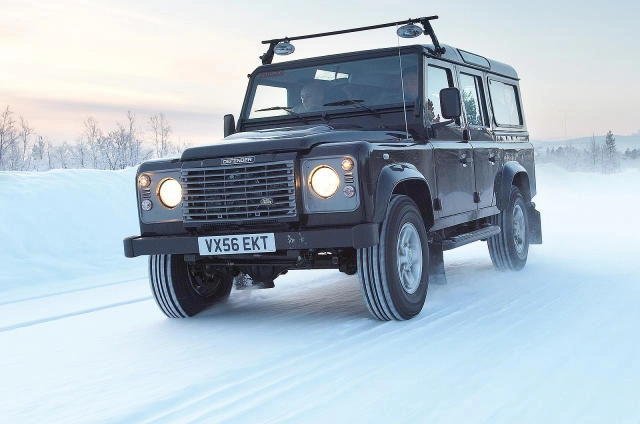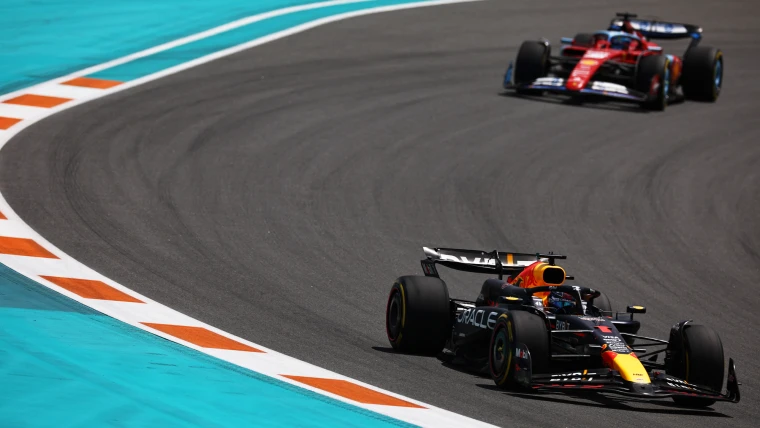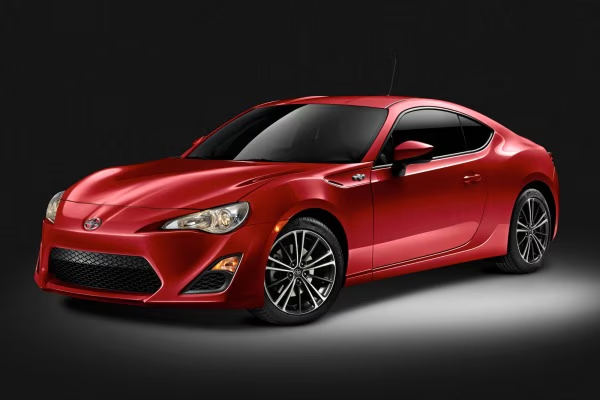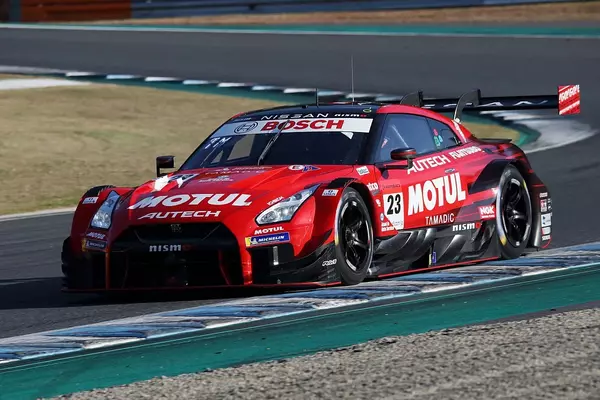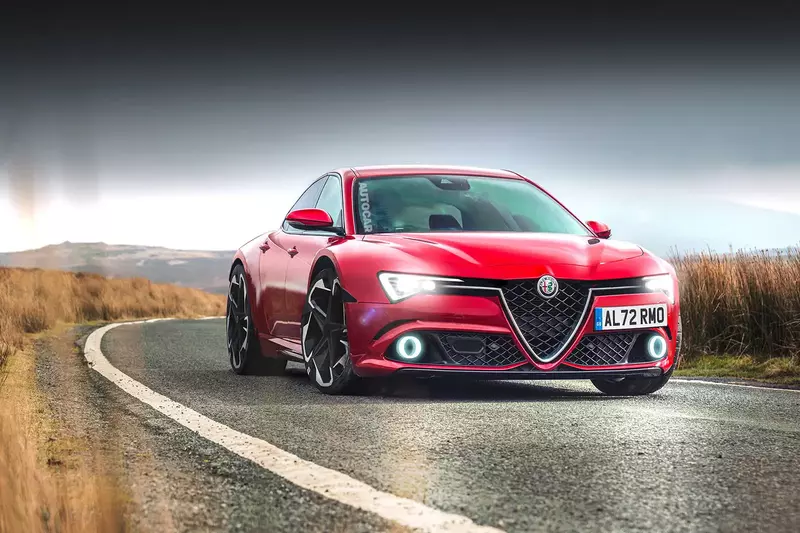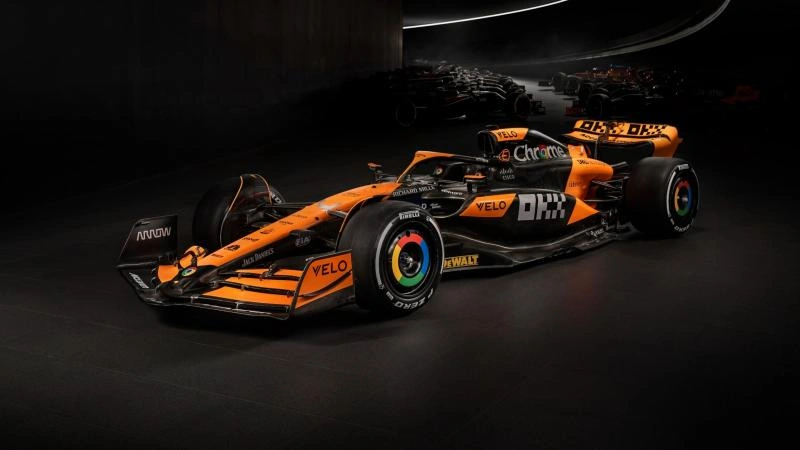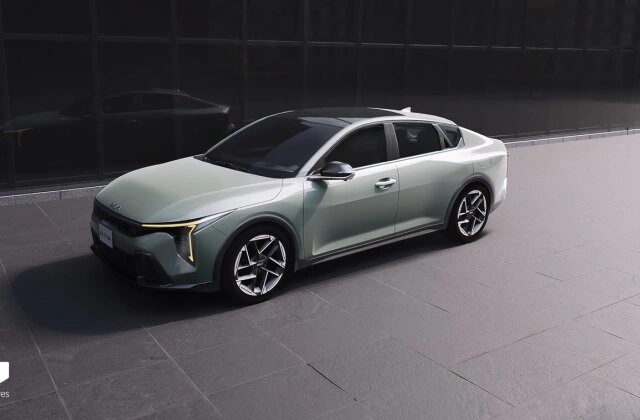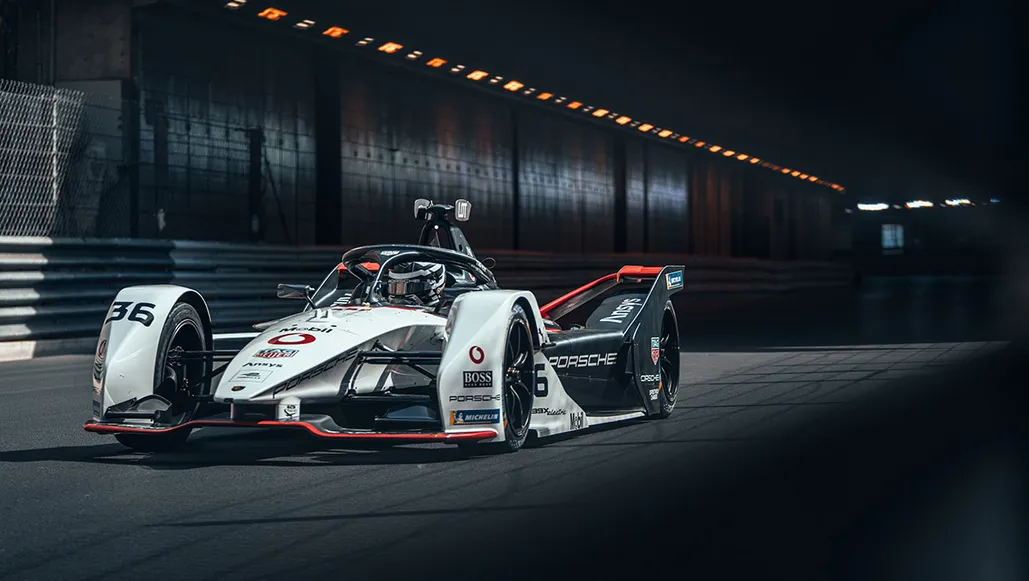However, our recent story on the best sellers in each vehicle market got us thinking: what are the greatest-selling cars of all time for specific brands? So, we grabbed our calculators and began researching - some information was easy to obtain, some not. And some of the findings were startling - numerous automobile marque best-sellers were sold long ago, so come along for the ride. We've rated them from the smallest-selling vehicle to the largest.
Bugatti – Type 57, 1934-39: 685:
The Bugatti Type 57 has one of the lowest total sales quantities for a single model, but it is extremely diverse due to the range of coachwork created on its chassis.
Every 57 built, from swoopy tourers and roadsters to the sinuous, aircraft-inspired Atlantic, imparted far more beauty than its current Veyron and Chiron progeny could hope for. In case you were wondering, the Veyron was produced in 450 units.
TVR – Chimaera, 1993-2003: 6500:
TVR is a specialist British sports car manufacturer, and the Chimaera was a runaway success in its own right, helping to fund the creation of succeeding models such as the Cerbera and Tuscan lines. The Buick-derived Rover V8 engine utilised in a variety of capacities and power outputs, powered all Chimaeras. As a measure of its popularity, the Chimaera sold more units in its 12-year existence than TVR had sold in the previous 25 years with all models combined.
Aston Martin – DB7, 1994-2004: 6640
The DB7, dubbed "the car that saved Aston Martin," may appear old now, but it played an important part in keeping the British company alive rather than just on life support. The supercharged 3.2-litre six-cylinder engine got things started, but the Ford-derived 6.0-litre V12 utilised in Vantage models took the lion's share of sales.
De Tomaso – Pantera, 1971-1991: 7260:
The Pantera sold well for a car with such an unusual name, appearance, and performance.
This was due in part to the fact that sales lasted 20 years, but it was also due to the intelligent use of a durable, easily tuned Ford V8 engine. As a result, it became a popular alternative to other European supercars in the United States, where it is still a favourite classic choice. If he were still living, we believe he would be with Elvis Presley; angry when his Pantera failed to start, he shot it.
Morgan – 4/4, 1936-present: 10,500
The total number of Morgan 4/4s sold may be small, but this British sports automobile has the longest continuous running name in automotive history. This explains why it sells more than any other product from the company, but it's also the most popular pick for consumers due to its combination of appearance, performance, and robust usability.
Alpine – A310, 1971-1984: 11,616:
After the popularity of its sleek predecessor, the Alpine A310's brusque appearance was no hindrance to sales. Initially powered by four-cylinder engines, the A310 reached maturity in 1976 when it obtained the Douvrin V6 engine from parent company Renault, which aided the model's sales and rallying successes.
Lamborghini – Gallardo, 2004-2013: 14,022:
Brusque looks did not impede the Alpine A310’s sales after its slinky predecessor’s success. Initially powered by four-cylinder engines, the A310 reached maturity in 1976 when it obtained the Douvrin V6 engine from parent company Renault, which aided the model's sales and rallying successes.
Ferrari – 430, 2004-2009: 17,499:
A Ferrari is supposed to be exclusive, rare, and difficult to find. Despite this, only about 17,500 430s of all varieties were sold, most of which were coupes, with Spiders and uncommon versions such as the Scuderia and 16M accounting for nearly a third. It may be the most popular Ferrari, but its performance is still on par with the most prestigious supercars, so it's simple to see why it was and continues to be so desirable.
Lotus – Elise, 1996-present: 20,000:
In a list of noteworthy Lotus models, the Elise deserves to be at the top of the list more than any other. It not only kept the company afloat financially, but it also exposed a whole new generation to the joys of lightweight, deft-footed sports car ownership. The Elise encapsulates everything Lotus has always done well, and it continues to impress its owners with its accuracy and performance. It was available in the United States from 2005 to 2011.
Rolls-Royce – Silver Shadow, 1965-1980: 29,030:
There were a lot of Silver Shadows made throughout its 15-year run as Rolls-Royce's flagship model, which is unusual for a car intended for anyone other than the common herd. Arriving during a cultural revolution in the 1960s could have been disastrous for this most venerable of establishment brands, yet the Shadow quickly garnered popularity with style leaders of the time. It did so till the end, which increased its profile and sales despite two fuel crises.
Maserati – Biturbo, 1981-1994: 36,373:
The Biturbo is sometimes mocked as the cheap basement Maserati, but it was popular during the 1980s and protected the Trident badge from disappearing. The two-door variants are the most attractive, and convertibles are now in high demand, but don't disregard the four-door saloon, which was produced in large numbers and, in 430 form, still delivers great performance.
Bentley – Continental GT, 2003-: 66,000:
Bentley only produced roughly 800 cars per year before the advent of the Continental GT, so even the company was taken aback by the elegant coupe's meteoric success. A drop-top was added to the lineup in 2006 to boost sales, and Bentley hasn't looked back since. The fact that this car is still popular among second-hand buyers attests to how outstanding it was and is. In 2018, a completely new model hit the market.
Rover – 800, 1986-1999: 317,126:
When Rover introduced the 800, it was desperate for a sales smash. The preceding SD1 was a creative design plagued by manufacturing difficulties, thus basing the 800 on the Honda Legend made sense. It may not have had the avant-garde appeal of its predecessor, but middle managers in Britain loved it enough to sell over 300,000 units. The vehicle was named Sterling in the United States but was a flop there, while the Coupe (shown) - created for America but never made it - was an appealing anomaly. The Coupe is now a true unicorn, with research indicating that only 17 are still on UK roads.
